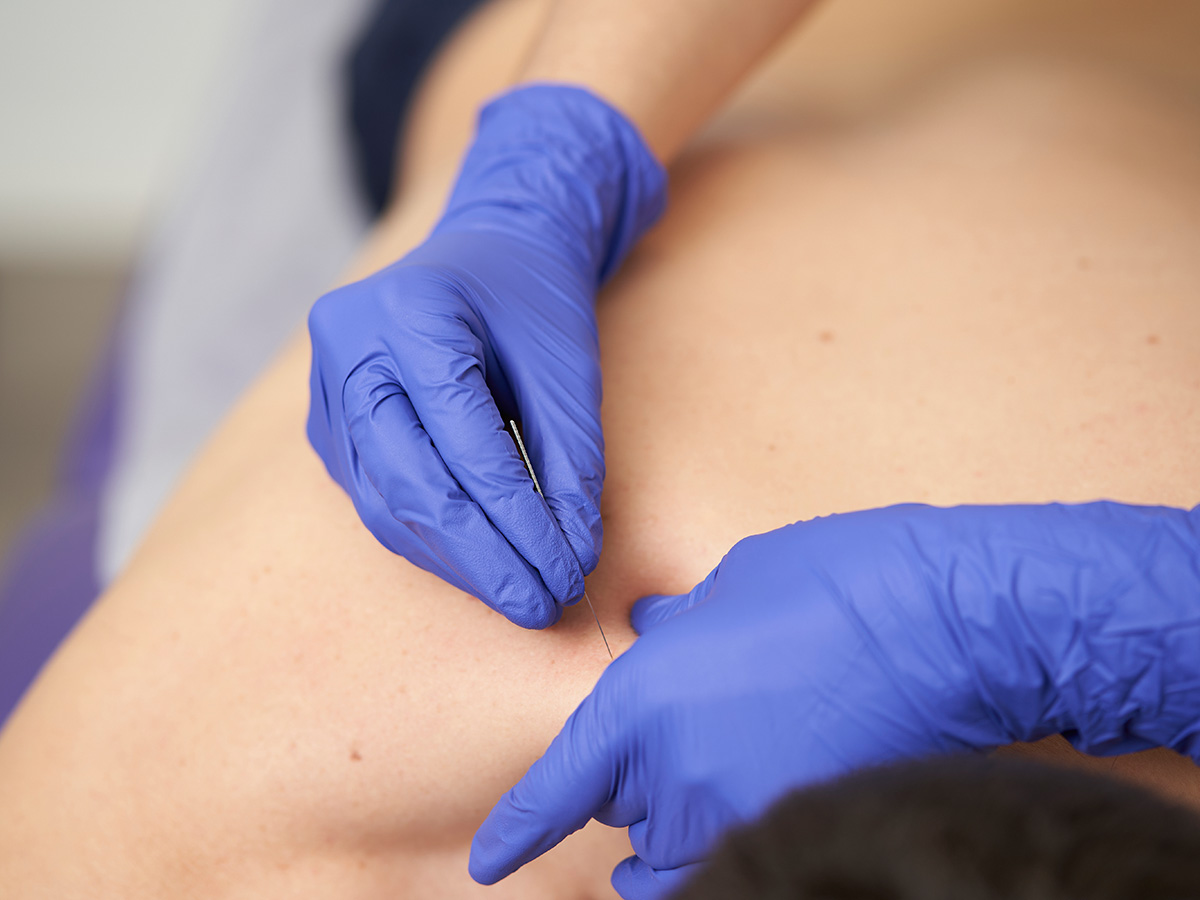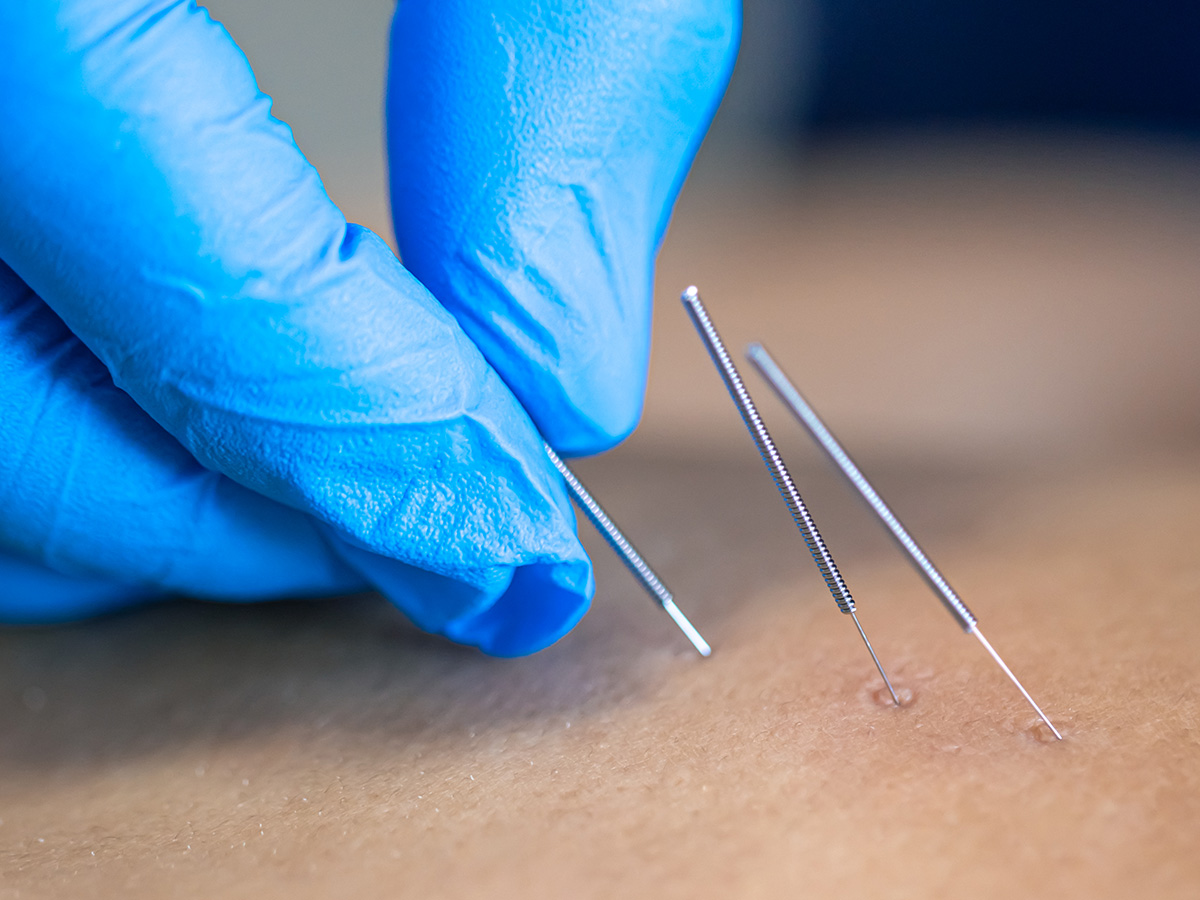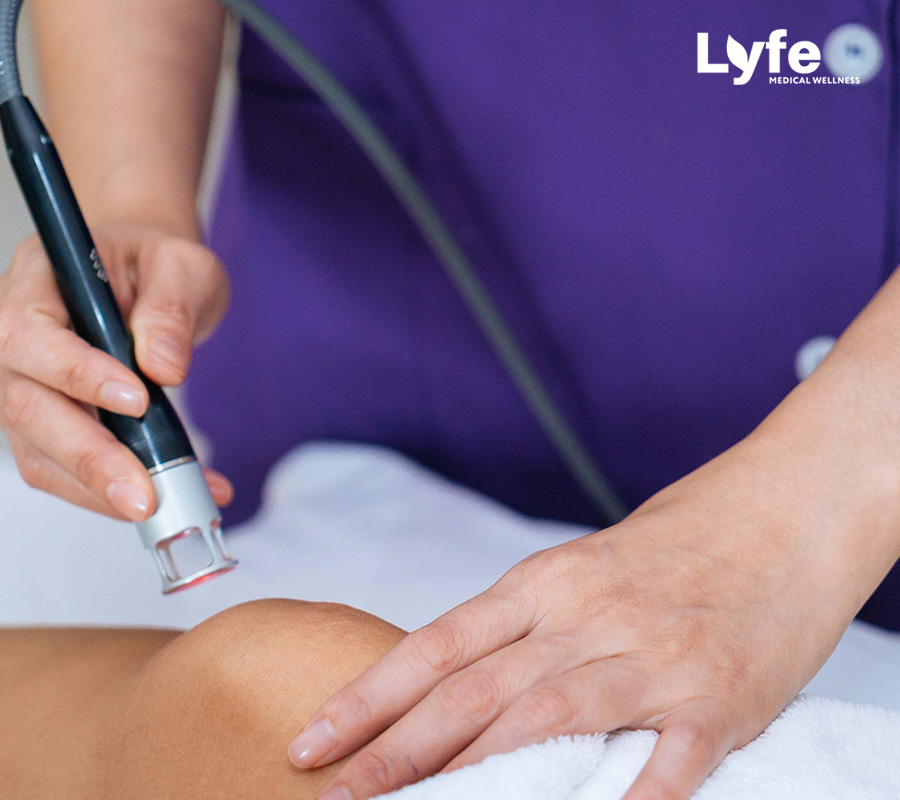Dry Needling: Relieve musculoskeletal pain with targeted therapy
Dry needling is a modern therapeutic technique that focuses on relieving pain and improving mobility by targeting trigger points and tight muscle knots. This evidence-based treatment is widely used by healthcare professionals to treat musculoskeletal conditions and chronic pain.
What is Dry Needling?
Dry needling involves inserting thin, filiform needles into specific areas of the body known as trigger points or areas of muscle tightness. These needles help release tension, improve blood flow, and reduce pain. Unlike acupuncture, which is rooted in traditional Chinese medicine and focuses on energy flow (Qi), dry needling is based on Western medicine and focuses on the musculoskeletal system.
How is Dry Needling Performed?
What is the Difference Between Dry Needling and Acupuncture?
| Aspect | Dry Needling | Acupuncture |
|---|---|---|
| Origin | Based on Western medicine and anatomy | Rooted in traditional Chinese medicine |
| Focus | Targets trigger points and muscle dysfunction | Focuses on restoring energy flow (Qi) |
| Technique | Treats localized pain and dysfunction | Addresses systemic imbalances |
| Application | Primarily for pain management and mobility | Treats a wide range of physical and emotional issues |
Who Can Benefit from Dry Needling?
Dry needling is suitable for individuals experiencing:
Benefits of Dry Needling
Dry needling is a safe and effective option for individuals seeking natural pain relief and improved mobility.
Conditions Treated with Dry Needling
Dry needling is effective for a variety of conditions, including:



